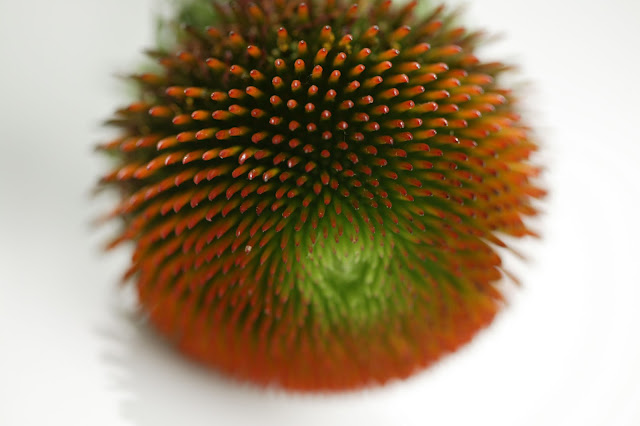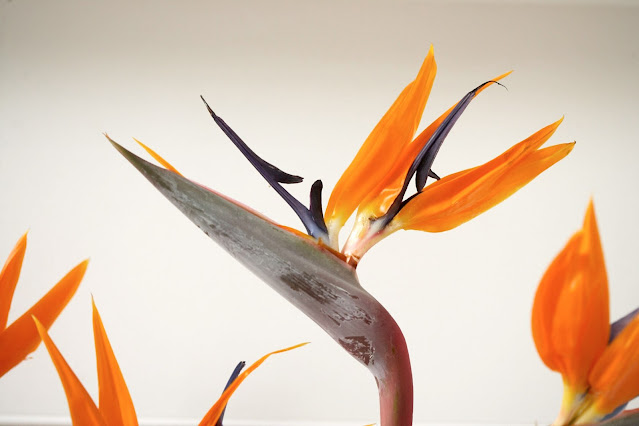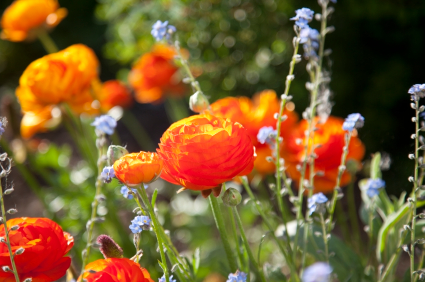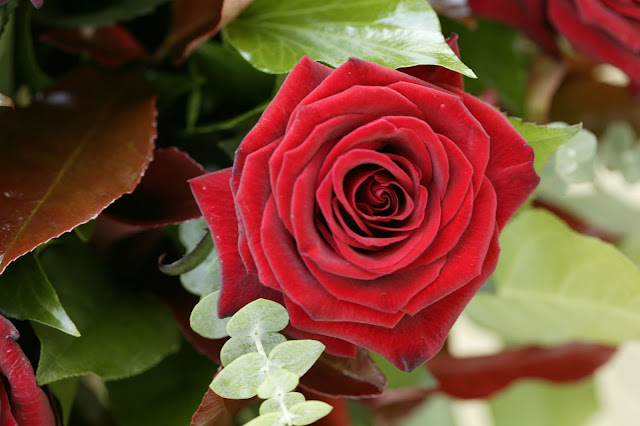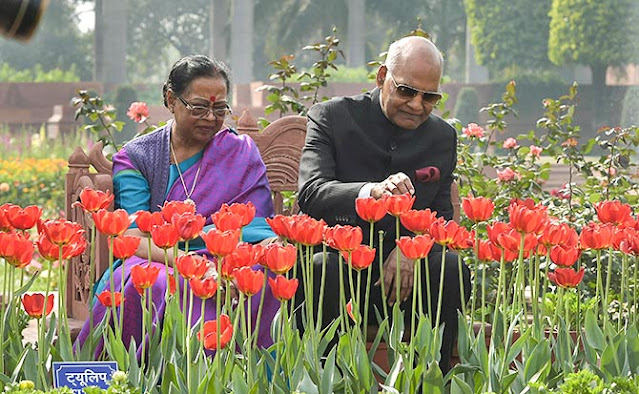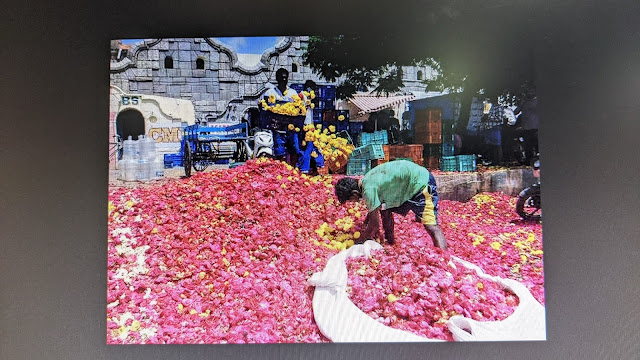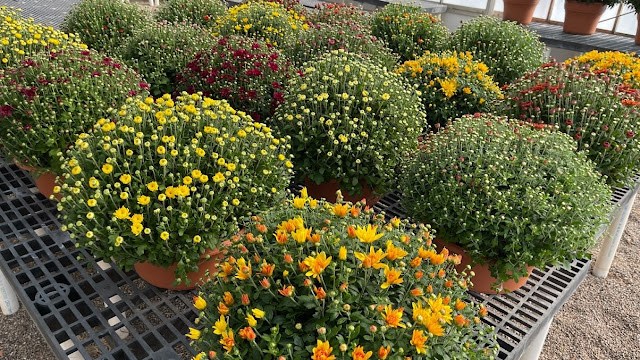Sunflower

Sunflower The botanical name is Helianthus. The Greek word “helios” means sun and “anthos” means flower. It is aptly named after the sun which it resembles. Description Sunflowers have a large flower head, usually with a large, almost black central part which is made up of thousands of tiny florets that later become seeds set in a spiral pattern. The petals are typically bright yellow, although some varieties are orange or red. Its stem is rough and hairy while the leaves large and rough with coarse jagged edges. Sunflowers typically grow to between one and a half and three and a half metres, with some giant variants reaching up to eight metres. Habitat Helianthus originated in the Americas, where Native Americans grew it for years as a source of food. In line with its original habitat, it requires hot and dry conditions to thrive. Availability Sunflower seeds should be sown in fertile, moist, well-drained soil that contains heavy mulch. They need full sun to grow properly and develo

